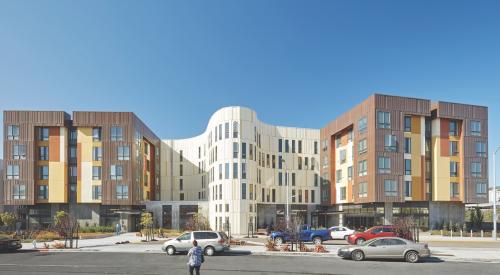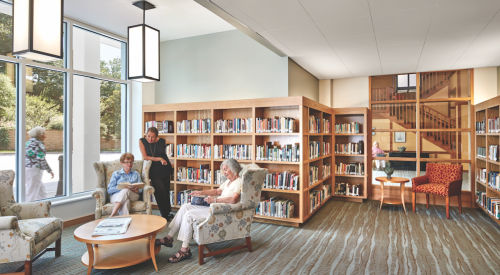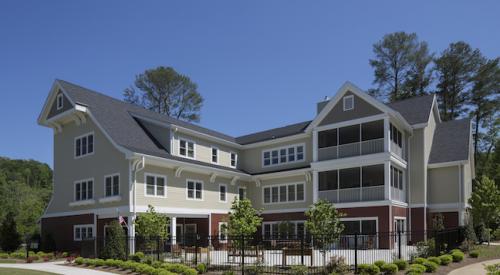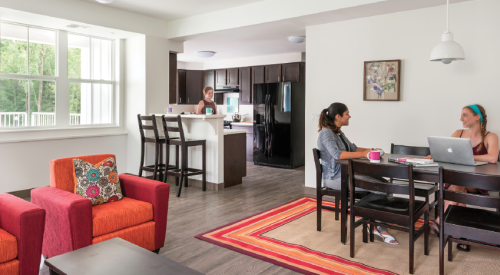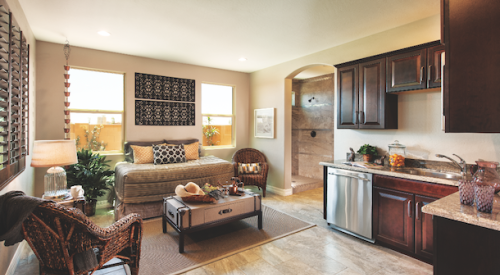Intergenerational living in the U.S. is on the rise, and a new study examines the growth of shared sites like schools and senior living centers which bring younger and older generations together.
Released this week by advocacy group Generations United and the Eisner Foundation, the report highlights the benefits of such shared spaces. Generations United executive director Donna Butts tells Curbed, “We have an aging population, and what we can’t afford to do is set them in a Sun City-type arrangement so they’re only sharing their experience and knowledge with other older adults," adding, “It really starves our society and our culture, our next generation, if we isolate seniors,” says Butts. “They can and want to continue to contribute.” She explains that cities need to consider investing more into projects for all ages at the local level, and that zoning policies should be put into place to allow more intergenerational interaction.
A long-standing example of the benefits of bringing generations together is the Jenks West Elementary School in Jenks, Oklahoma, opened in 1999 and situated in the center of a skilled nursing center. Programs such as Book Buddies, an opportunity for the students to read to seniors, connect the residents, called “grandpas and grandmas,” with the kids, whom the adults nickname “littles.” “Students walk in and start the day with the Grandmas and Grandpas there to give them hugs and high fives,” principal Suzanne Lair told researchers.


